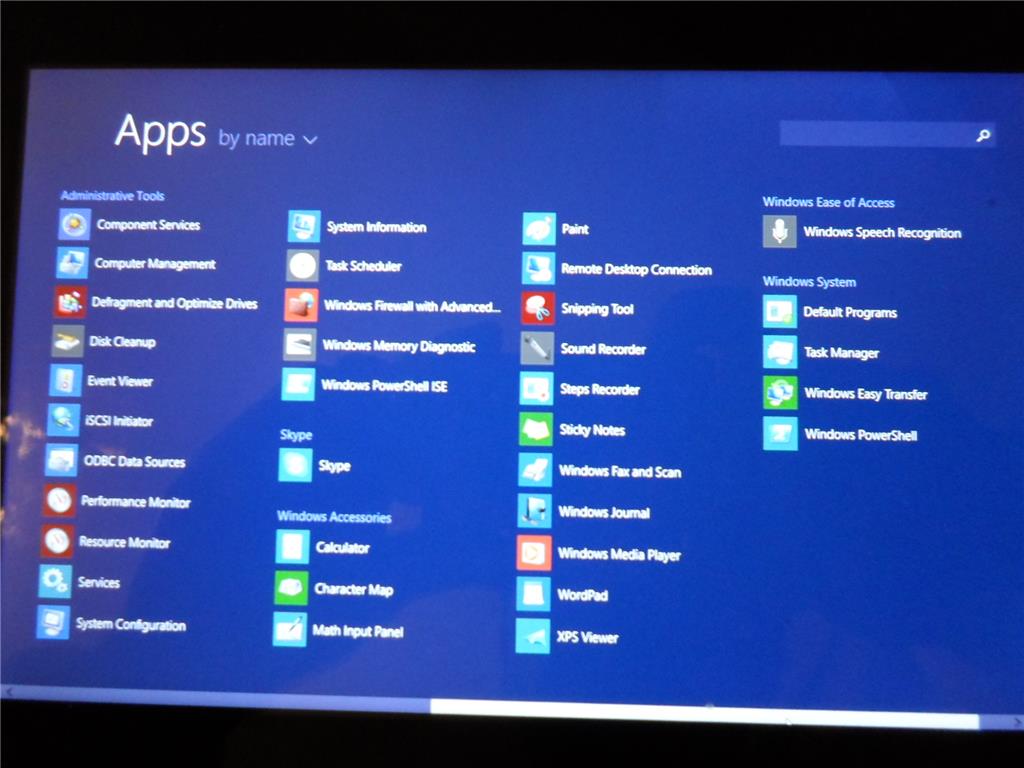고정 헤더 영역
상세 컨텐츠
본문

If you've recently updated Windows 10 and are having problems finding files, see Find lost files after the upgrade to Windows 10. If you can't find a file on your computer or you accidently modified or deleted a file, you can restore it from a backup (if you're using Windows backup) or you can try to restore it from a previous version. Same as other Windows version, data recovery is an important topic for Windows 10. This is because that it is unavoidable for Windows users to accidentally delete files from Windows 10 computer. Also, users may reformat Windows 10 hard disk or partition and lost files on Windows 10 HDD.
Figure 1: How to recover accidentally deleted files in Windows 10Therefore, in this post, we are going to discuss how to recover accidentally deleted files such as photos, videos, documents, emails, and audio files, etc. In Windows 10. Also at the end, we will list a few critical measures that will help you safeguard against the inevitable data loss situations. Recover Accidentally Deleted Files in Windows 10Usually, when a file is deleted in Windows, it moves to the Recycle Bin folder – unless you have customized or tweaked the Recycle Bin properties. Thus, in case a user accidentally deletes a file or folder in Windows 10, they can restore the deleted file or folder from the Recycle Bin in just a few clicks.However, if you have used a Shift+Delete key combination to delete a file, you will require either a backup or a data recovery software to get back the deleted data. Also, when you have used a system cleaner app or emptied the Recycle Bin folder, the deleted files are permanently lost.To help you, we have mentioned a few steps to recover accidentally deleted files in Windows 10. Steps to Recover Deleted Files in Windows 10Step 1: Stop Using the PC or the DriveAfter files are deleted from a PC or a storage media, it’s critical to stop using the system or the storage drive to prevent data overwriting.When a file is deleted, its space is marked as de-allocated.
Accidentally Deleted Desktop Folder Windows 10 Windows 10
As you continue the system use, new data is created which might get stored in the de-allocated space. This causes overwriting which corrupts the accidentally deleted files and can potentially destroy the lost data beyond the scope of recovery.So remember to immediately stop using the PC or storage media after data loss.Step 2: Look into the Recycle Bin. Figure 2: Recover accidentally deleted files from Recycle Bin in Windows 10. Go to Desktop and open the ‘Recycle Bin’ folder. Find the lost file in the Recycle Bin folder. Right-click on the file or the folder, and select ‘Restore.’. The file or the folder will be restored to its original location.


Alternatively, you can select cut and then paste the file at your desired location.Change the Recycle Bin properties – as shown in the screenshot below (right-click Recycle BinProperties) – to prevent permanent file deletion without confirmation. Figure 3: Change Recycle Bin properties to avoid permanent data loss due to accidental file deletionStep 3: Restore From an Older Backup Figure 4: Windows 10 backup option to recover accidentally deleted filesIf you follow the, chances are you should have a backup. Use the backup to recover the accidentally deleted files in Windows 10.
However, if the backup isn’t available or is obsolete, immediately get a.Step 4: Use a Data Recovery ToolAfter backup, a data recovery software is the only economical and reliable way of getting back lost and accidentally deleted files in Windows 10. Software such as the Stellar Data Recovery Professional comes with advanced utilities and recovery features to not only recover lost data from various storage media but also safeguard against future data loss. Recover DataNOTE: If the files are not found in the scan results, use ‘Click Here’ link at the bottom of software screen to run a deep scan, which thoroughly scans each sector on the drive and recovers lost and deleted files from any windows supported media even if it’s corrupt or formatted.Optionally, you can also preview the recovered file before saving them. Files such as images, documents, video, and audio can be previewed.
Figure 6: Tips to prevent data loss ConclusionAccidental data deletion cases are prevalent. But today, fortunately, we have access to some of the most reliable data backup and recovery solutions. These solutions are readily available and can help you recover accidentally deleted files in Windows 10.To prevent data loss, you can use Windows inbuilt backup options such as System Image or File History, upload critical files to the cloud, and use a software such as in the event of data loss.Finally, we suggest that you keep at least two backups—one local, another on the clouds— and a data recovery software handy to safeguard against future data loss situations.





